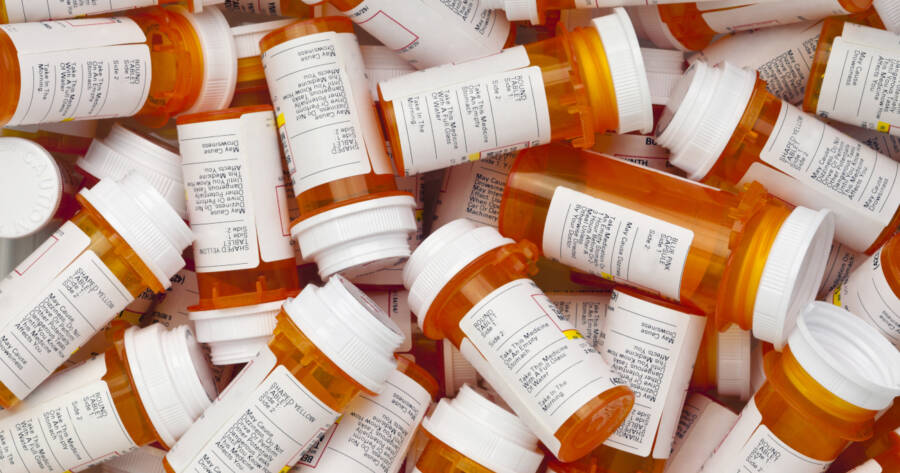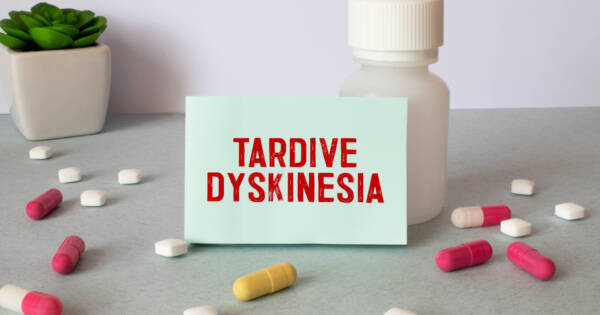Healthcare can be a substantial expense for many individuals and families. One significant area of healthcare spending is prescription medications. The cost can be a real burden, but there are ways to save money on your prescriptions. By being informed and proactive, you can take steps to minimize these expenses without compromising your health. So how can you save more on your prescriptions? Today, we’ll explore a handful of strategies you may be able to use to cut down your prescription costs.
Understand Your Insurance Benefits
Your health insurance plan is the first place to look for savings. It’s crucial to understand your plan’s specific benefits regarding prescription coverage. Some plans offer lower copays for generic medications, while others may have a list of preferred medications that cost less.
Dedicate some time to communicate with your insurer or a trusted healthcare professional to help you understand your plan better. If your prescribed drug is costly under your current insurance, inquire if there’s an alternative that’s equally effective but less expensive.
Shop Around
Not all pharmacies charge the same price for prescription medications. Retail pharmacy prices can vary widely, even within the same town or city. Independent pharmacies often have more flexibility to adjust prices and may offer lower rates than big chains.
Don’t forget to check the prices at mail-order and online pharmacies, which may offer significant discounts, especially for 90-day supplies. Remember that pricing isn’t everything—reputation and service also matter when choosing a pharmacy.
Utilize Prescription Drug Discount Cards and Coupons
Prescription drug discount cards and coupons are another great way to reduce your medication expenses. These tools are often available for free or at a very low cost, and they can provide significant discounts at the pharmacy. These discounts can be especially beneficial for people without insurance, but even those with insurance may find them helpful for drugs not covered by their plan.
Consider Generic Drugs
If your doctor has prescribed a brand-name drug, ask if a generic version is available. Generic drugs are chemically identical to their brand-name counterparts but often cost much less. Most insurance plans encourage the use of generic drugs by setting lower co-pays for them.
However, not all medications have a generic alternative, and sometimes a brand-name drug may be more effective for a particular patient. Always consult your doctor or pharmacist before switching to a generic drug.
Patient Assistance Programs
Many pharmaceutical companies offer patient assistance programs that provide free or reduced-cost medications to people who can’t afford them. Eligibility for these programs often depends on income, insurance status, and the specific medication needed.
Organizations like NeedyMeds and Partnership for Prescription Assistance can help you navigate these options. While these programs can be a life-saver for some, they are not the only avenue for assistance.
Opt for a Larger Supply
If you are prescribed medication that you’ll be taking long-term, it may be cheaper to purchase a 90-day supply instead of a 30-day supply. Many pharmacies and insurance companies offer discounts on larger quantities.
While it may be more expensive upfront, the cost per dose is usually lower, resulting in significant savings over time. Remember to always ask your healthcare provider or pharmacist about potential savings with larger supplies.
Try Prescription Delivery Services
An increasing number of companies now offer prescription delivery services, often at a reduced cost. These companies can negotiate better prices with manufacturers, passing savings onto you. They also offer the convenience of delivering your medications right to your doorstep, saving you time and money on travel.
Communicate with Your Healthcare Provider
Your doctor or pharmacist can be a valuable resource when looking for ways to save on prescriptions. They may be able to suggest less expensive alternatives or offer samples of more costly medications.
Always ensure you communicate your financial concerns to them, as they often have a broader knowledge of the different costs of drugs and can provide appropriate alternatives based on your budget.
Start Saving Today!
The rising cost of prescription medications can be a daunting issue, but remember that there are strategies at your disposal to help manage these costs. Whether it’s understanding your insurance benefits, shopping around, utilizing discount cards and coupons, considering generic drugs, or seeking help from patient assistance programs, the key to saving is being proactive and informed. It’s essential not just to rely on one method but to combine these strategies for the most significant savings.



